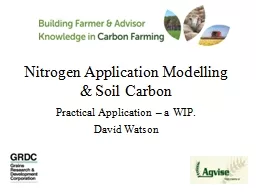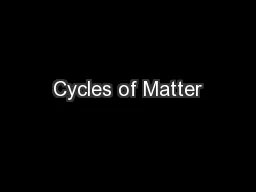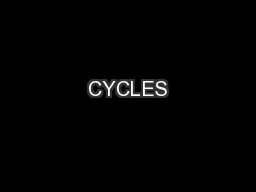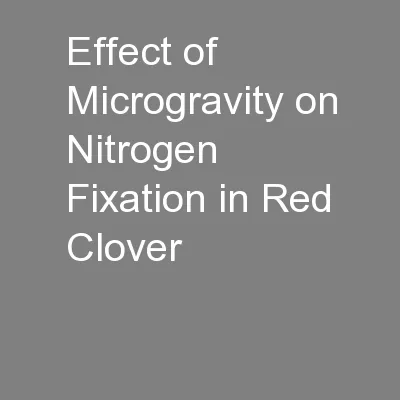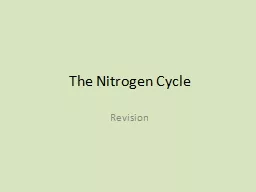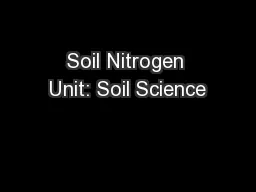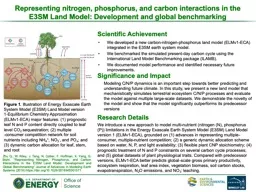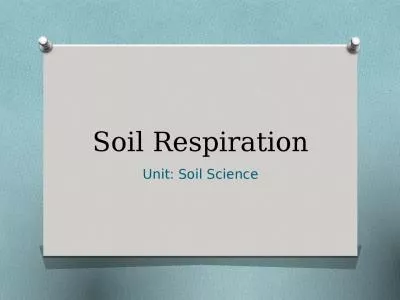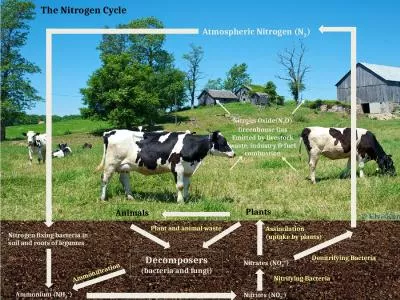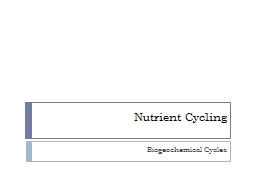PPT-Nitrogen Application Modelling & Soil Carbon
Author : min-jolicoeur | Published Date : 2017-08-18
Practical Application a WIP David Watson Background Pasture Crop Sequence program produce a user friendly incrop nitrogen application calculator for the Vic
Presentation Embed Code
Download Presentation
Download Presentation The PPT/PDF document "Nitrogen Application Modelling & Soi..." is the property of its rightful owner. Permission is granted to download and print the materials on this website for personal, non-commercial use only, and to display it on your personal computer provided you do not modify the materials and that you retain all copyright notices contained in the materials. By downloading content from our website, you accept the terms of this agreement.
Nitrogen Application Modelling & Soil Carbon: Transcript
Download Rules Of Document
"Nitrogen Application Modelling & Soil Carbon"The content belongs to its owner. You may download and print it for personal use, without modification, and keep all copyright notices. By downloading, you agree to these terms.
Related Documents

